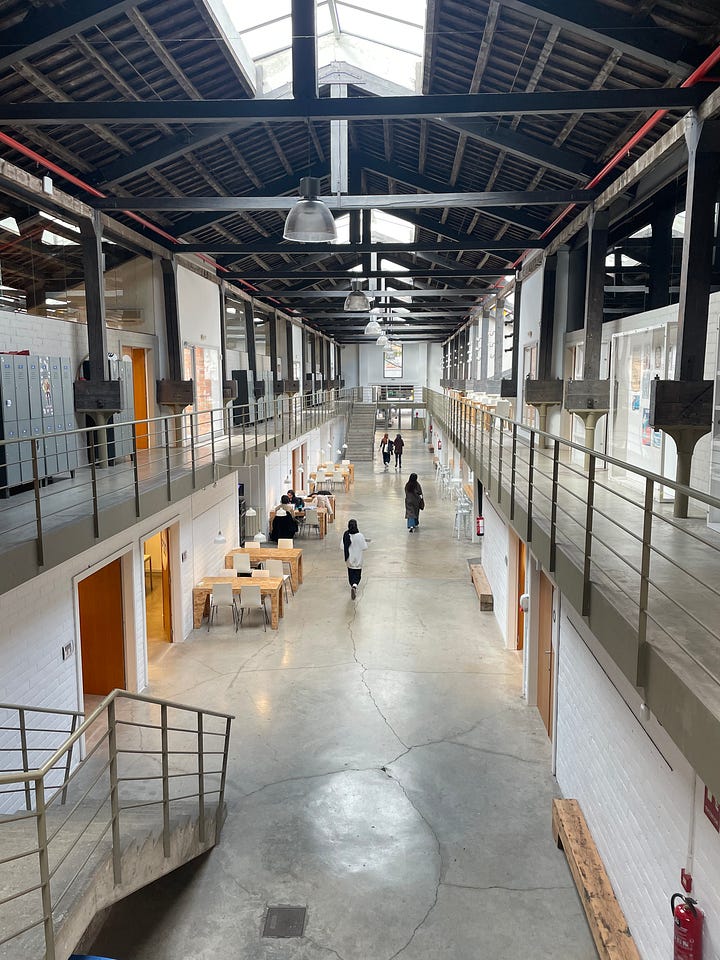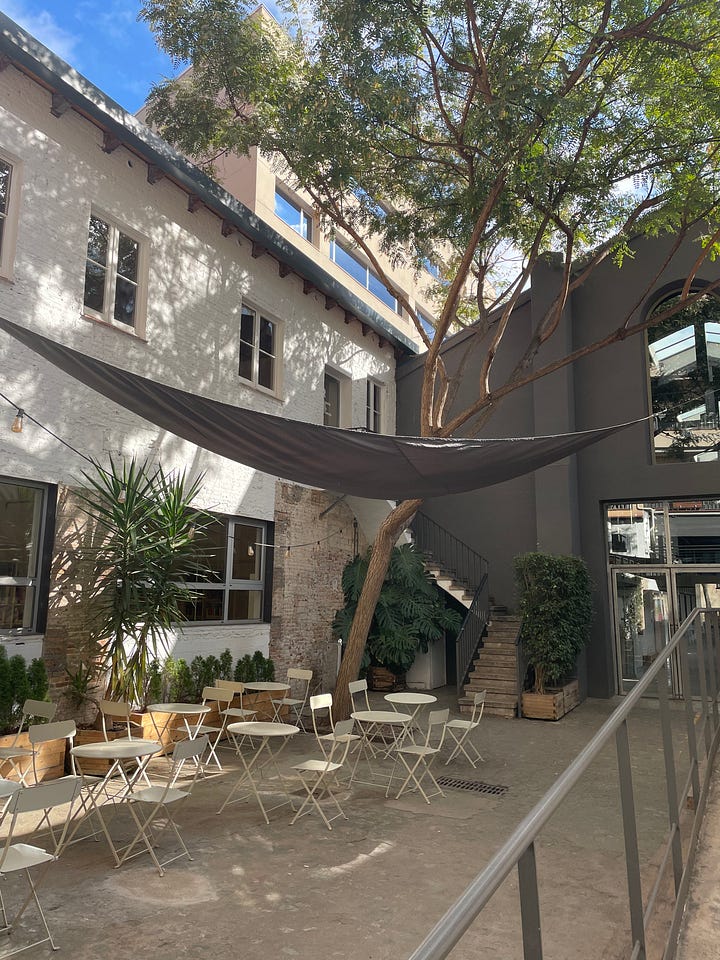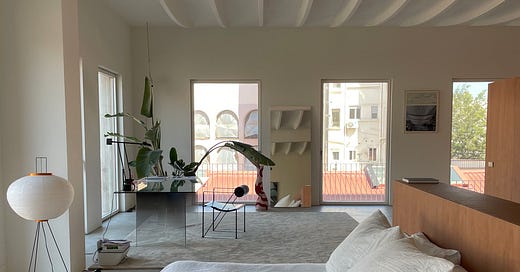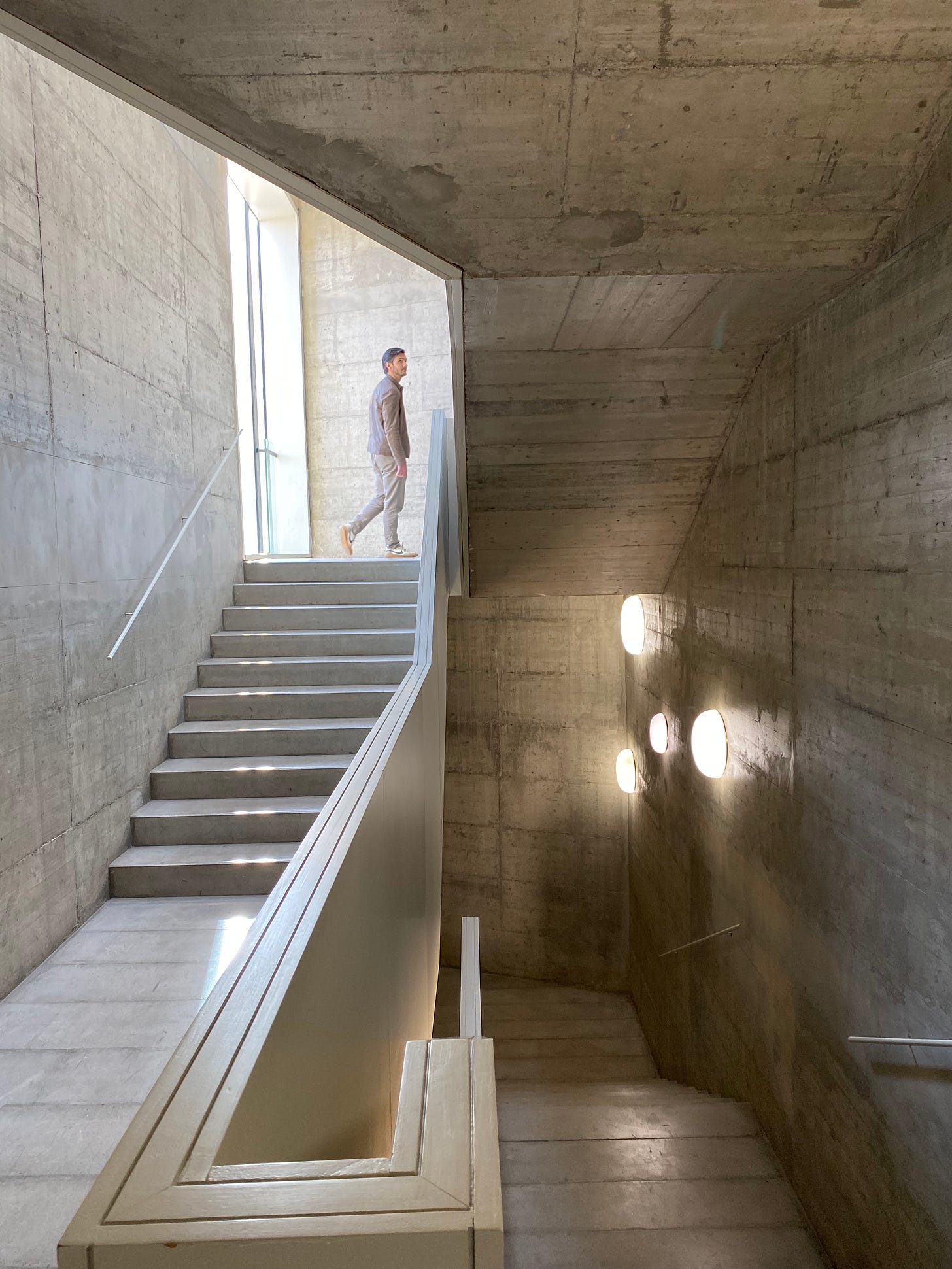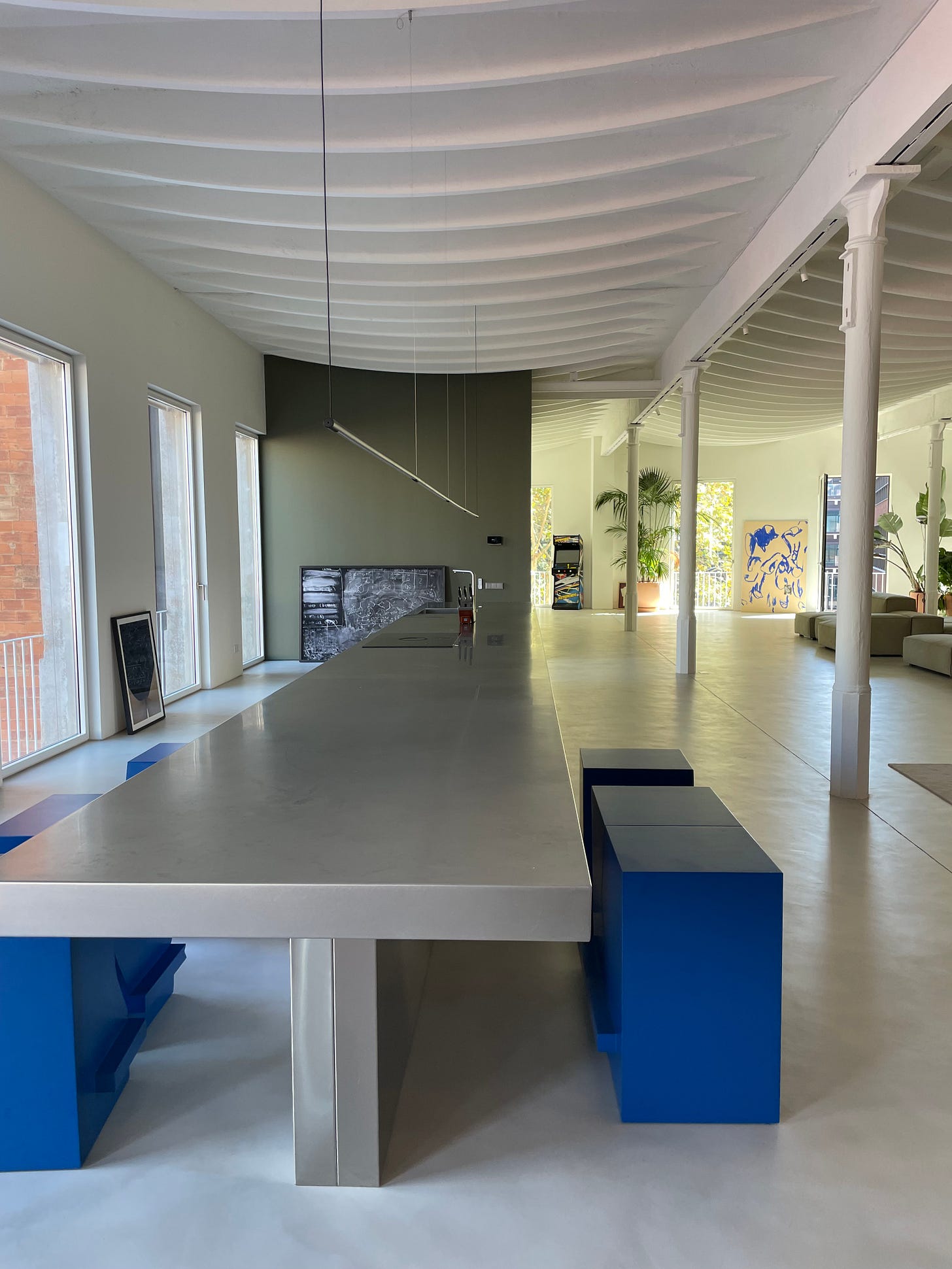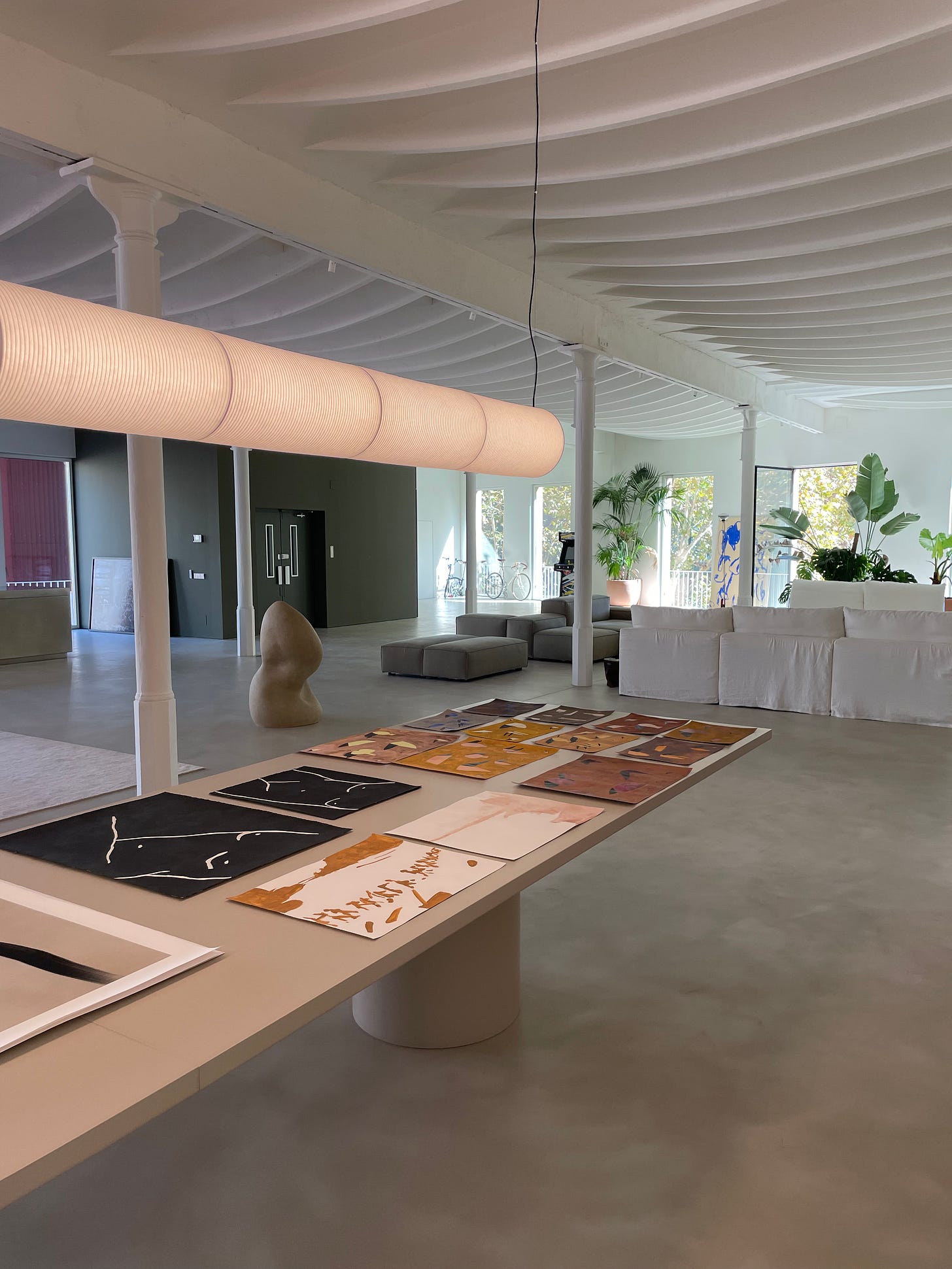"New" in the Neighborhood
On life in Poblenou, making friends with neighbors, and a new art gallery that doubles as a full-time home
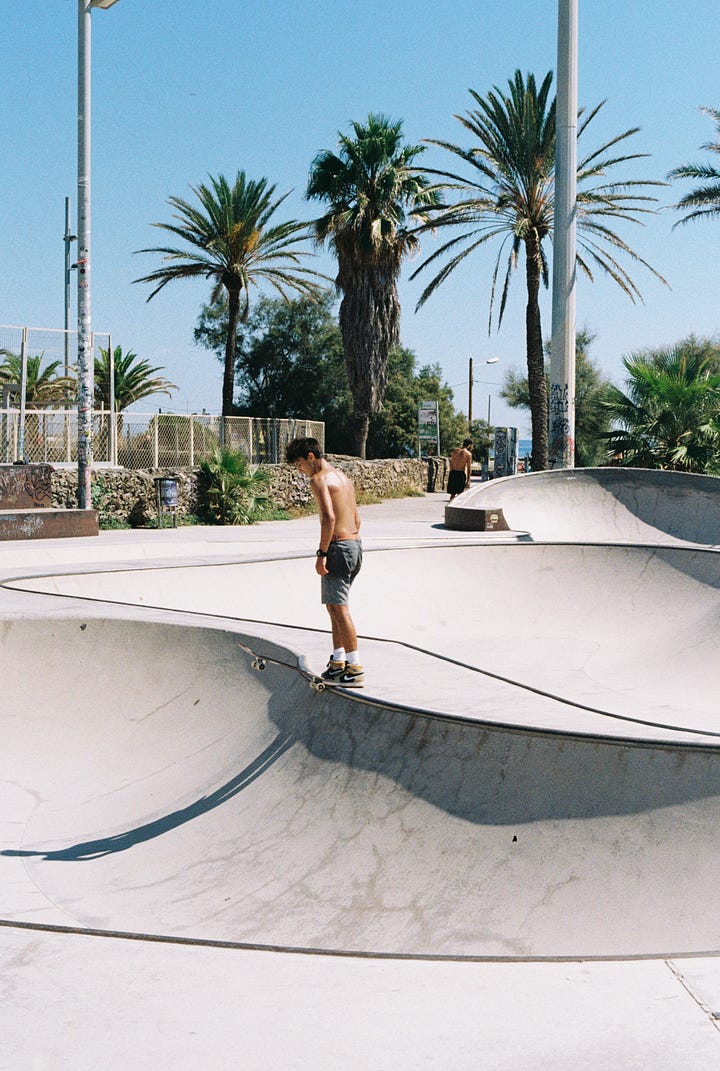
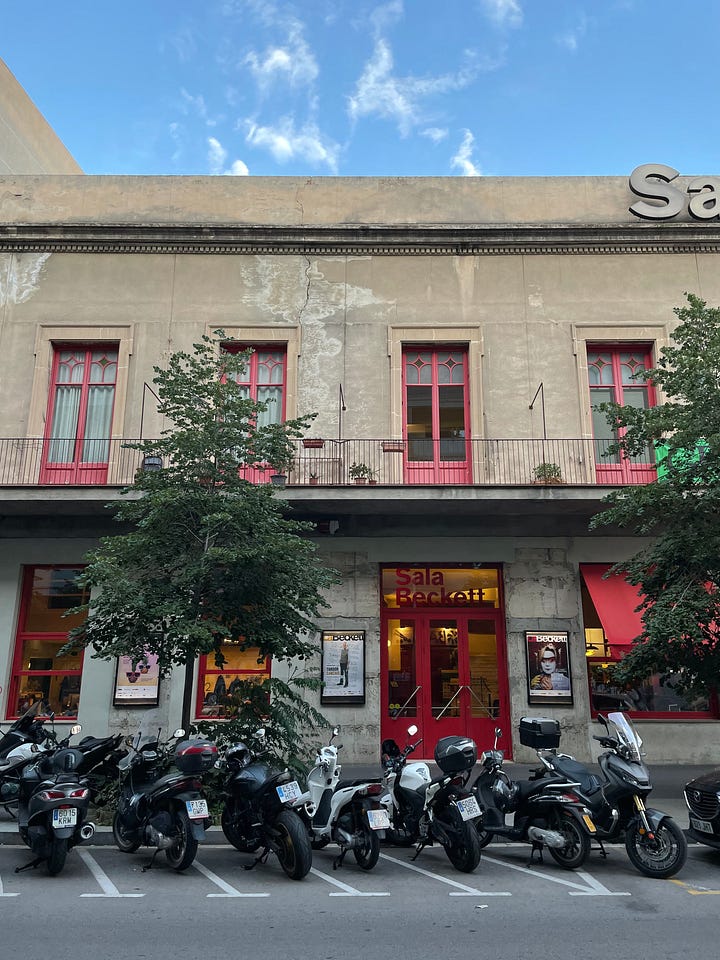

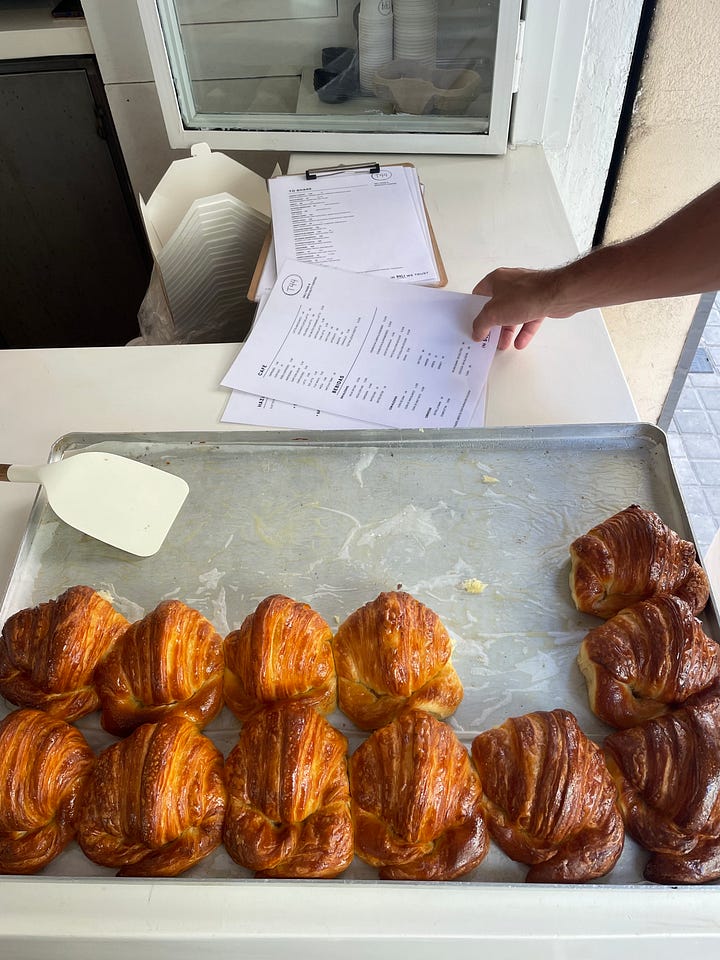
I’ve lived in the Barcelona neighborhood of Poblenou for over a year; I’m still discovering cool new things every day. Unlike in New York, where you can’t go 10 steps without stumbling on a flashy new restaurant or gallery, uncovering gems in Poblenou can feel like part-time detective work requiring conversations with locals, Instagram sleuthing, and walking past the same nondescript façade 20 times only to realize it contains, say, a hip natural wine bar, a fashion boutique with Memphis Group-inspired interiors, a stunning floral atelier, or a furniture shop stocked with treasures by Hans Wegner and Arne Jacobsen.
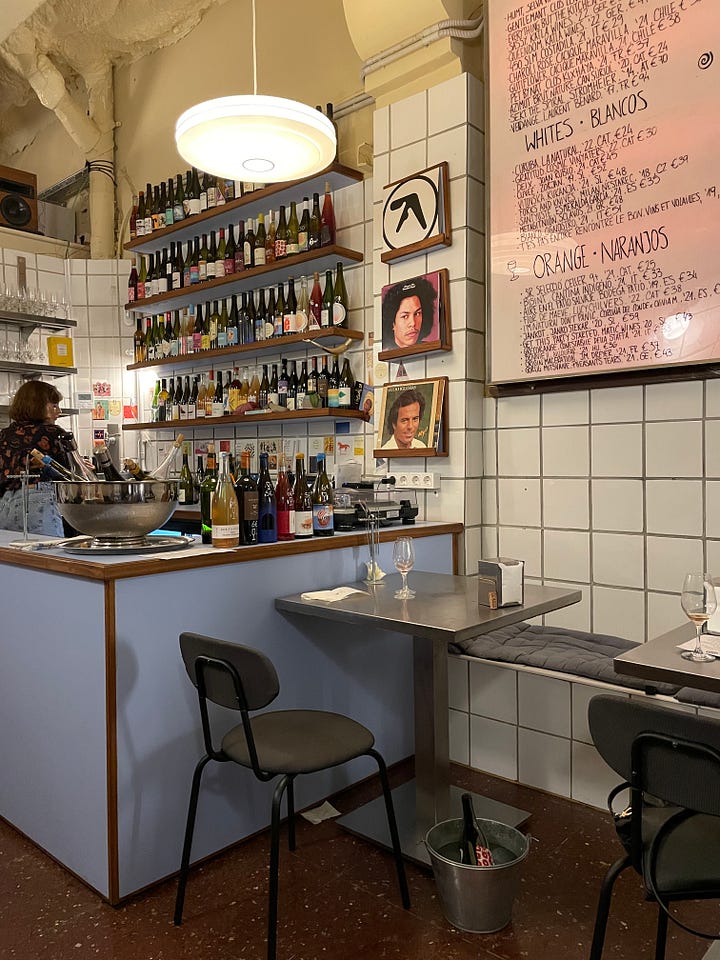
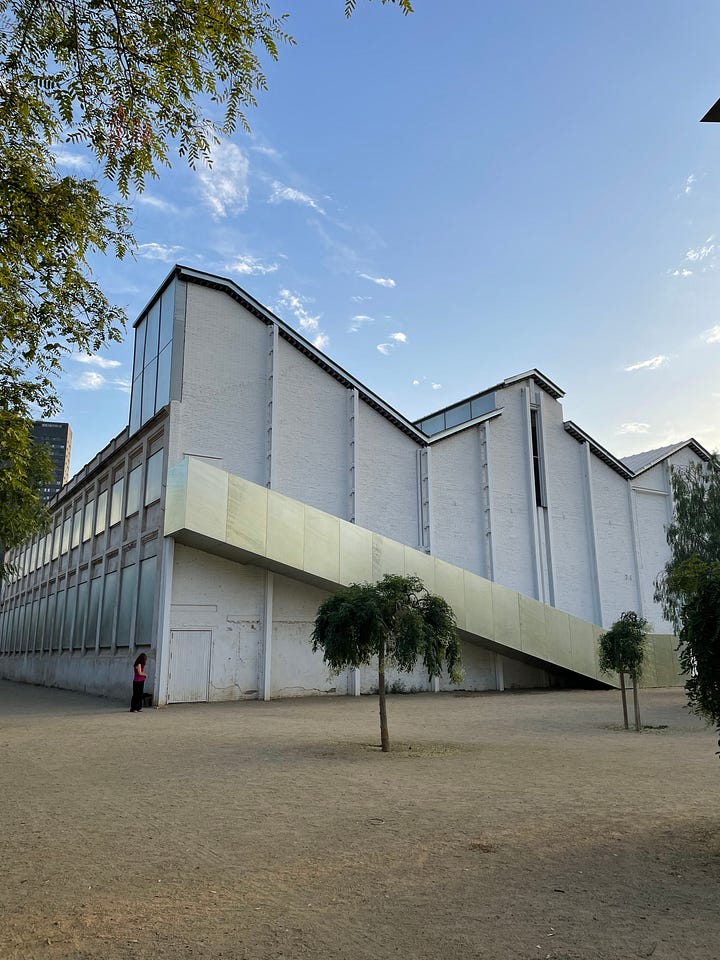
That said, for every cool creative business tucked inside a 18th-century warehouse, there are a dozen historic buildings being mowed down or converted into a soulless chain hotel or office space. Whenever I see a poster for a hulking new residential development, I think of my 75-year-old neighbor Irma, who lives in the same apartment in which she was born. She and I will strike up conversations when we’re out on our balconies, hanging laundry on the line or watering plants. She’s seen the neighborhood evolve from a major manufacturing hub (hence its nickname “The Manchester of Catalonia”) to a seafront enclave with co-working studios and design shops. She recalls when soot used to rain from the sky and what it was like when the railway walled in the neighborhood, making beach access virtually impossible.
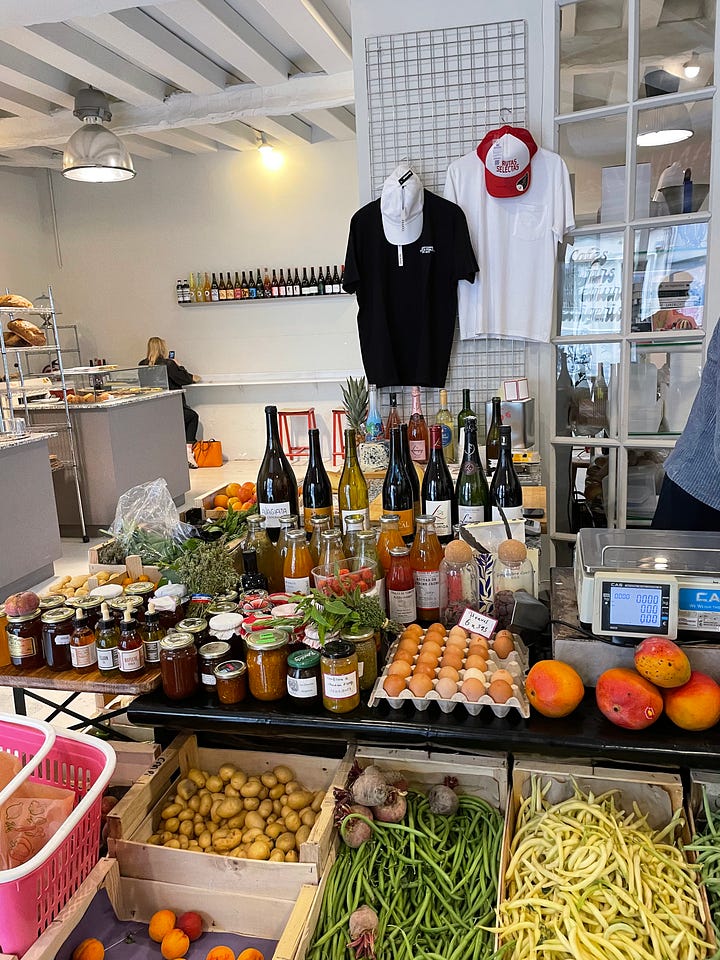
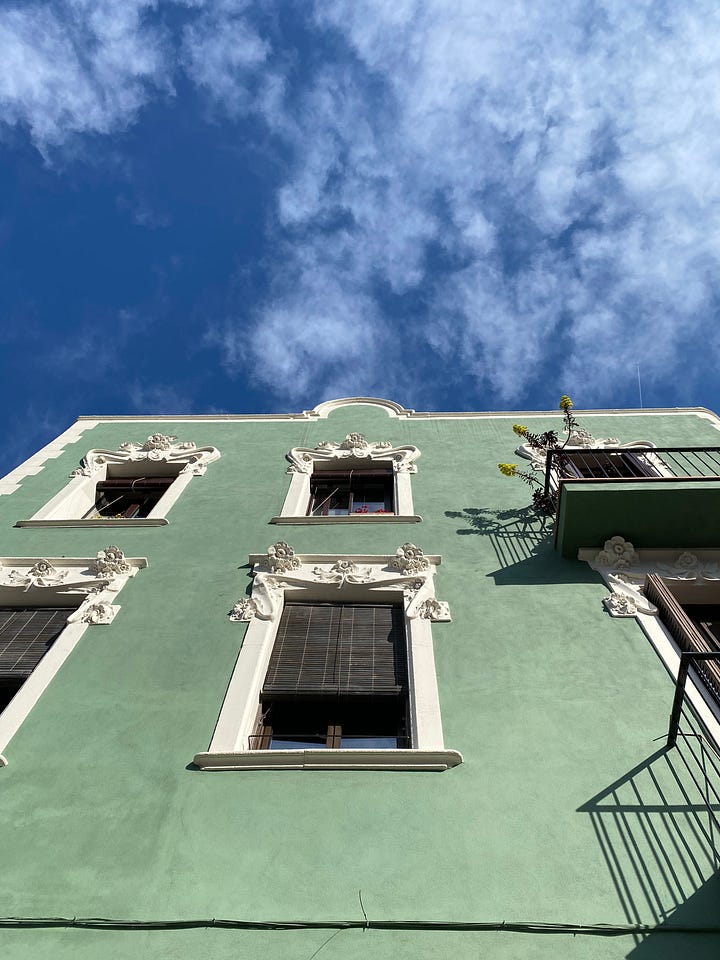
Irma recommended I check out the local history museum, which tells the story of the district’s past through a mix of old photographs, maps, and industrial machinery. Admission is free, and there are interesting temporary exhibitions on themes of urban development and even soccer. The space reminded me of another Poblenou factory turned cultural hub: Museu Can Framis. The boxy concrete structure now houses a collection spanning some 300 works by Catalan artists including Joan Ponç and Antoni Tàpies. The art is wonderful as are the temporary exhibitions, but it’s the space itself—which feels totally alive to the community around it—that’s the star.
Last week, I made an appointment to walk around VASTO, a new gallery set inside a old building on Carrer de Llull that also houses the beautiful Barcelona-based Side Gallery. In addition to being an exhibition space, VASTO serves as the full-time home of founders Carmen Riestra and Albert Monjo. Barcelona’s Mesura Studios oversaw the redesign, preserving historic details like undulating ceilings and wrought iron columns while sectioning out the warehouse-like space, now with a massive divider that separates the living/kitchen areas from the bed/bath while also functioning as storage space and a secret second kitchen.

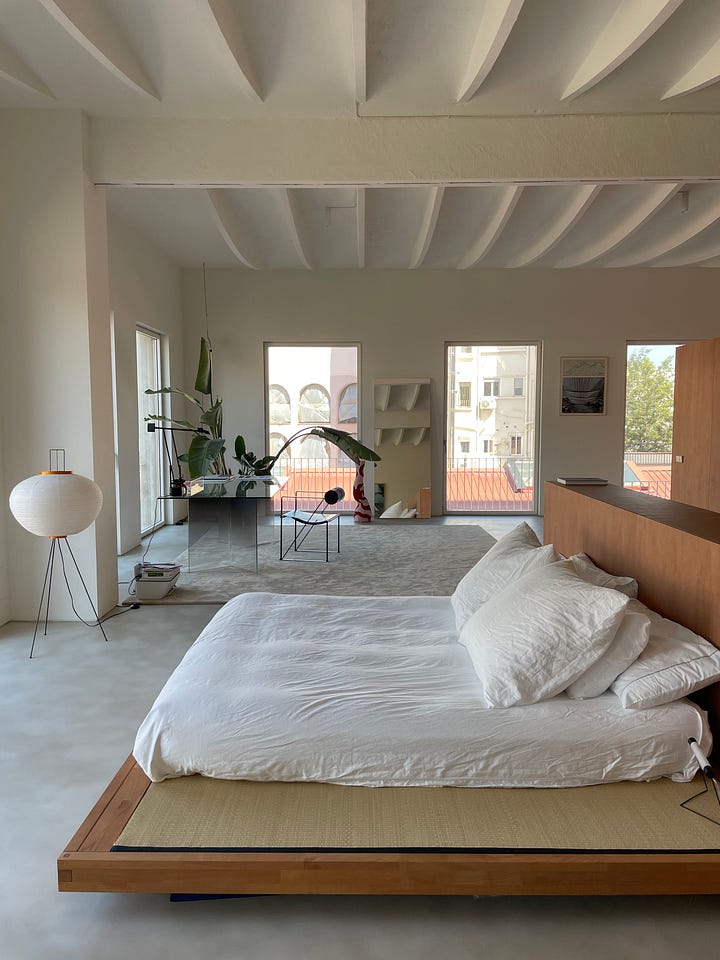
The visit was inspiring. Against the backdrop of the building’s industrial bones, the couple’s roving art collection, a lot of which embraces fluid, curvilinear forms, comes to life. Some of the artists they collect/work with include the Parisian sculptor Marion de Raucourt, the Barcelona-based furniture designer Max Enrich, and the Peruvian artist Aileen Gavonel Areans. This fall, the space will host an exhibition by Mallorca-based designer Sara Regal, who has reimagined some of the apartment’s building materials like wall insulation into sculptural objects.
Paula, the gallery manager, led me around the space, highlighting the different works while sharing her backstory: she moved to Barcelona from Lima to study fashion at IED Istituto Europeo di Design. An art history professor challenged her to expand her definition of creative life: “She taught me that you can be an artist without actually making art.” Paula wrote her thesis on how creative expression can be a catalyst for community development, and after graduating, she was introduced to Carmen through Maria Baños of Muses of Now (which I wrote about for Vogue Scandinavia). Paula is proud of the work she’s doing with VASTO, which she views as being a positive addition to the community.
During the viewing, Paula and I paused in front of the kitchen windows to look out to the BAU Centro Universitario de Artes y Diseño. The interior courtyard was a beehive of young, mostly Catalan students having coffee and showcasing their art in between classes. In a neighborhood that at times seems to be on the cusp of full-fledged modernization, it’s reassuring to see change being generated from within—not via derricks and cranes.
